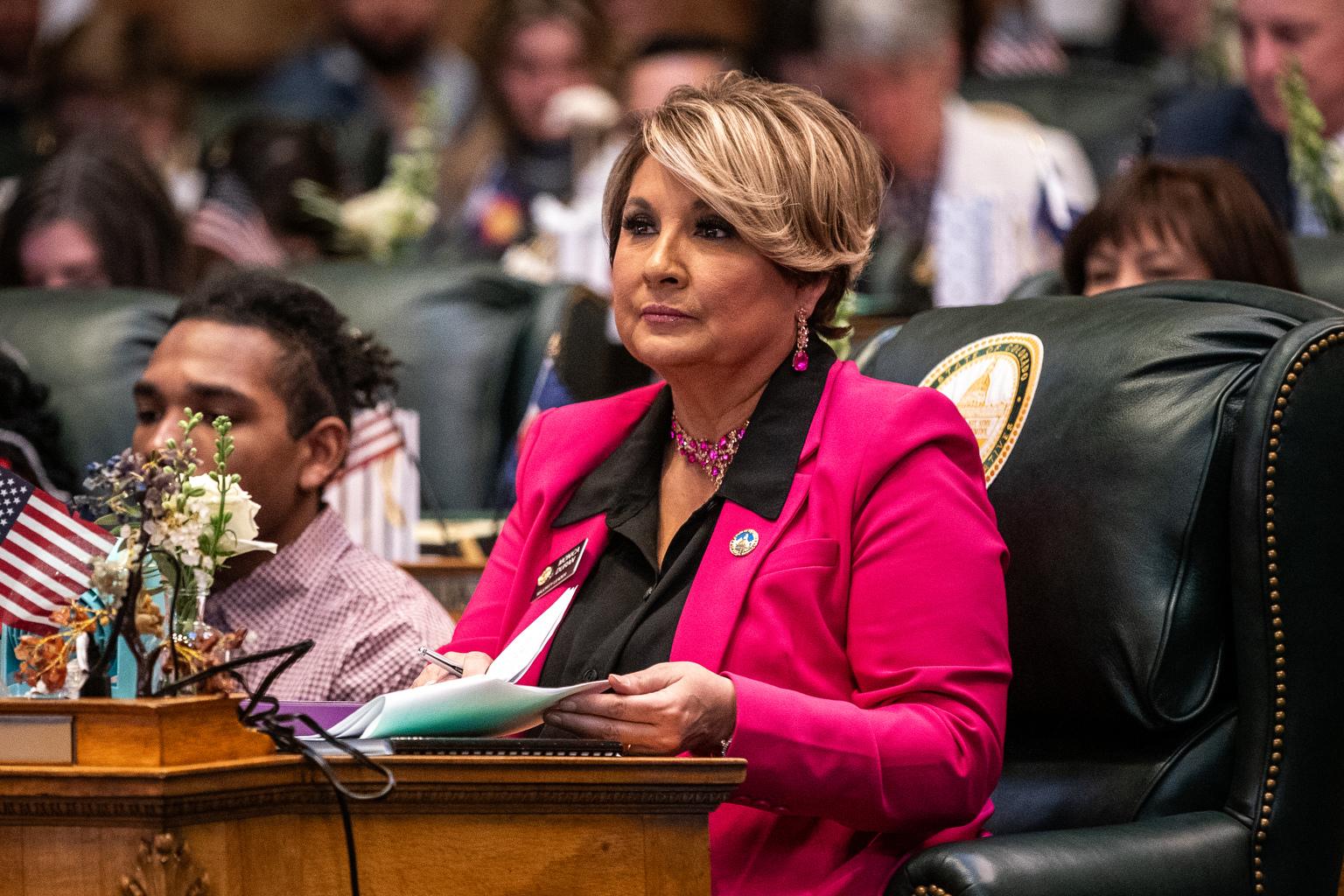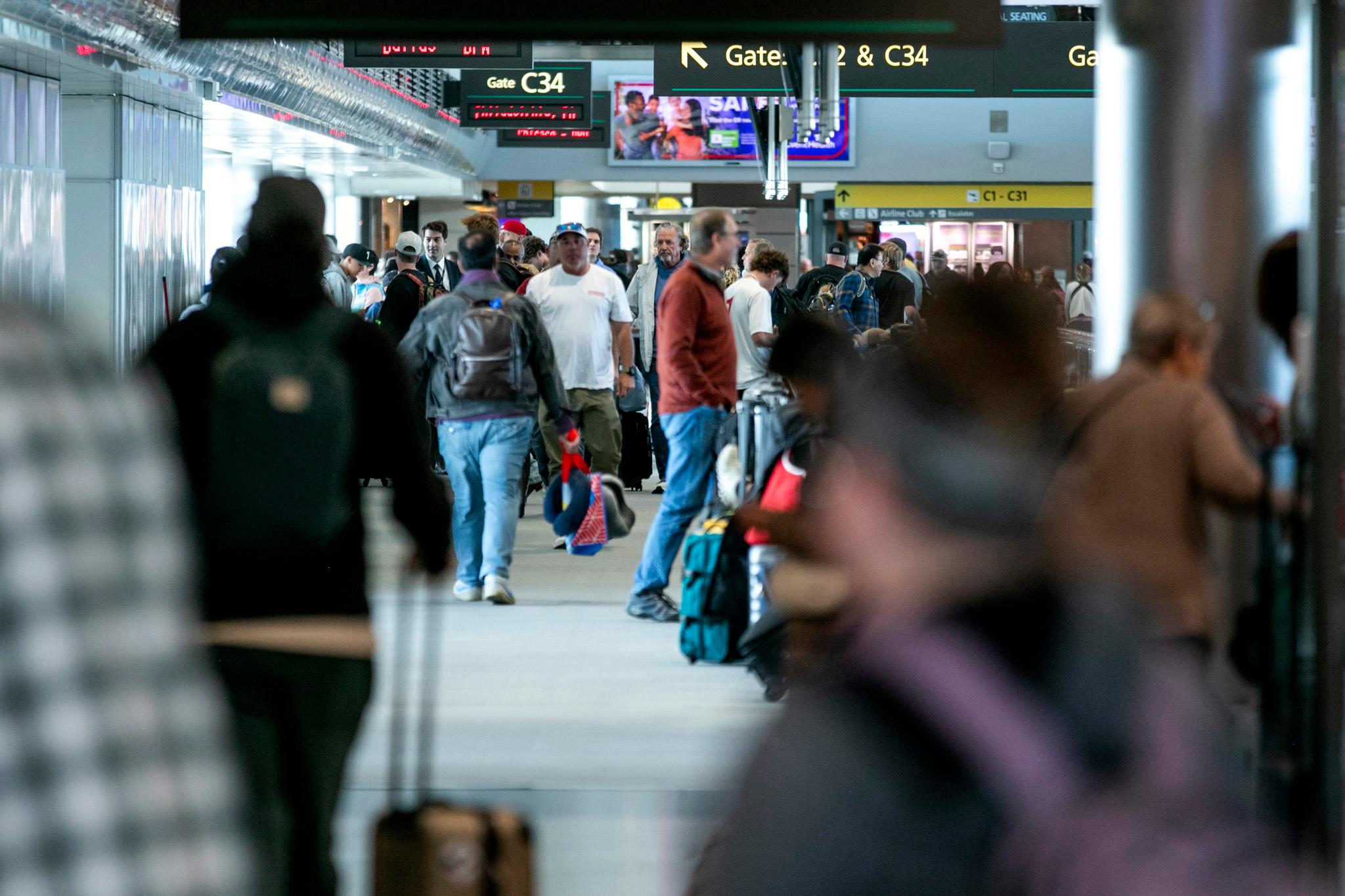
Colorado families with children are struggling with higher costs since the end of programs meant to ease the impact of the COVID-19 pandemic, according to the Kids Count Colorado report released Tuesday.
The expiration of pandemic programs has increased costs for health care, housing, child care and many other needs, the report stated. Colorado Children’s Campaign’s annual report, 2024 Kids Count in Colorado!, provides state- and county-level data on children’s health, education, and general well-being.
“We are seeing examples of this story across all of our issue areas and especially in data on the economic security of Colorado families,” Heather Tritten, president and CEO of the Colorado Children’s Campaign said when releasing the report. “Economic Security is foundational to child well-being. But, as prices for basic needs rise faster than income, too many Colorado kids are living in families struggling to make ends meet.”
The 145-page report looks at demographics, family economic prosperity, child and family health, early childhood learning and development, and youth success for the state’s 1.3 million children. Much of the data is from 2022, the latest year available. Tritten said in addition to rising costs in the state, the data showed a plateauing of progress that had been made in children living in deep poverty and disparity in academic outcomes.
Poverty
Eleven percent of children in Colorado experienced poverty in 2022, according to the report. That means a family of four is living on less than $28,000 per year. That’s better than the national average of 16 percent and shows little change from Colorado’s pre-pandemic numbers.
Tritten, however, said when the Supplemental Poverty Measure is used, the rate doubles from 2021 to 2022 because the expanded Child Tax Credit expired. The supplemental measure takes social net programs such as Medicaid and tax credits into account.
The report shows that poverty hits kids of color harder. Between 2018 and 2022, Native children experienced poverty at a rate four times higher than white children; Black children experienced it at a rate three times higher than white children; for Hispanic children, twice as high as white children, according to the report. The child poverty rate for white children was at seven percent for those four years. County-by-county, the child poverty rate in 2022 was highest in Costilla County at 35 percent, and lowest in Douglas County at 2 percent.
That didn’t change much from the previous year: Costilla County had the highest child poverty rate at 36 percent and Douglas County had the lowest rate at 3 percent in 2021.
Housing
The high cost of housing in Colorado is hitting families hard. The latest data shows that 20,000 children in Colorado experienced homelessness in 2022-23. Foreclosures, evictions and affordability were responsible for 26 percent of student homelessness in 2020-21. That percentage jumped to 39 percent in 2023-24.
“Among families who are housed, housing costs often compromise so much of their household budget that they are forced to cut back on other basic needs, like food, health care or utilities in order to keep a roof over their heads,” Tritten said.
Gun Deaths
One of the more striking findings in the report was an increase of close to 20 percent in deaths by guns from 2021 to 2022 for people aged 19 and below.
The report states: “In 2022, 104 Colorado children and youth ages 19 and under were killed by guns, up from 83 in 2021 … largely driven by firearm homicides.” The firearm deaths by suicide for the same age group remained nearly the same over those two years, increasing from 39 to 41.
If you need help, dial 988 to reach the Suicide and Crisis Lifeline. You can also reach the Colorado Crisis Services hotline at 1-844-493-8255 or text “TALK” to 38255 to speak with a trained counselor or professional. Counselors are also available at walk-in locations or online to chat.
Student Attendance
Where going to school is concerned, the report managed to wrangle a lot of different facts: about a third of students, 31 percent, are chronically absent. The report noted that in the 2022-23 school year, Colorado’s average starting salary for teachers was among the lowest in the country – 45 states pay more to start teaching. It also found that almost one in every five teachers, 17 percent, left their jobs during the 2023-2024 school year.
That number has been increasing, not decreasing, since the pandemic, when teachers had to create and execute teaching plans and lessons to students learning from home, who weren’t required to turn on their cameras.
Student mental health support
With challenges from their housing situation, poverty, and everything else students face, some turn to in-school staff for counseling support, but it’s not always plentifully available. Generally, the American School Counselor Association suggests that for every 250 students, there should be one counselor on staff, meaning that a school of one thousand students would have four if its ratio was aligned.
This year’s report states: “In the 2023-24 school year in Colorado, 84 school districts out of 178 had higher student-to-counselor ratios, and many other districts employed no school counselors.”
Not enough school support, be it as a counselor, social worker or psychiatrist, is not new. Last year’s report indicated similar shortages. As reported last year, the situation wasn’t much different, especially for rural students: “Students in rural districts in particular have no specialists to turn to. For example, 113 of Colorado’s 178 school districts had no licensed school psychologists employed by the district. A similar number of districts had no school social workers. And 35 school districts had no school counselor. Forty-six of Colorado’s 64 counties had no practicing child or adolescent psychiatrist.”
Recommendations
The report also put together recommendations for Colorado legislators and the community to address the issues facing Colorado children.
The report suggests:
- Continue to address the effects of the pandemic and the impact of expiring policies and programs
- Better support teachers, counselors and care workers
- Don’t take Colorado backward with harmful ballot measures
- Deliver funds and resources to students who are struggling academically, socially and emotionally
- Ensure the state has good data a better measurements to assess the lives of children









